Negligence Lawsuit against Starbucks: Duty of Care, Breach, and Liability Analysis
VerifiedAdded on 2023/04/26
|6
|717
|307
AI Summary
In this document we will discuss about Negligence Lawsuit against Starbucks and below are the summary points of this document:-
A teenage girl, Abigail Sataur, has sued Starbucks for $1 million claiming that the company and its employees failed to take reasonable care to ensure her safety, which resulted in permanent injury.
The court evaluates negligence by examining the duty of care of the defendant, its breach, and whether the injury was foreseeable.
Starbucks breached its duty of care towards Abigail by not taking necessary precautions while serving her scalding hot water, which caused her injury.
This constitutes an act of negligence on the part of the Starbucks employee, making the company vicariously liable. Starbucks does not have a risk management plan, and a plan needs to be implemented to avoid similar accidents in the future.
The risk management plan should include learning from past crises, deploying strategic plans to avoid accidents, providing proper training to employees, and embracing social media to promote customer safety plans.
Contribute Materials
Your contribution can guide someone’s learning journey. Share your
documents today.
1 out of 6
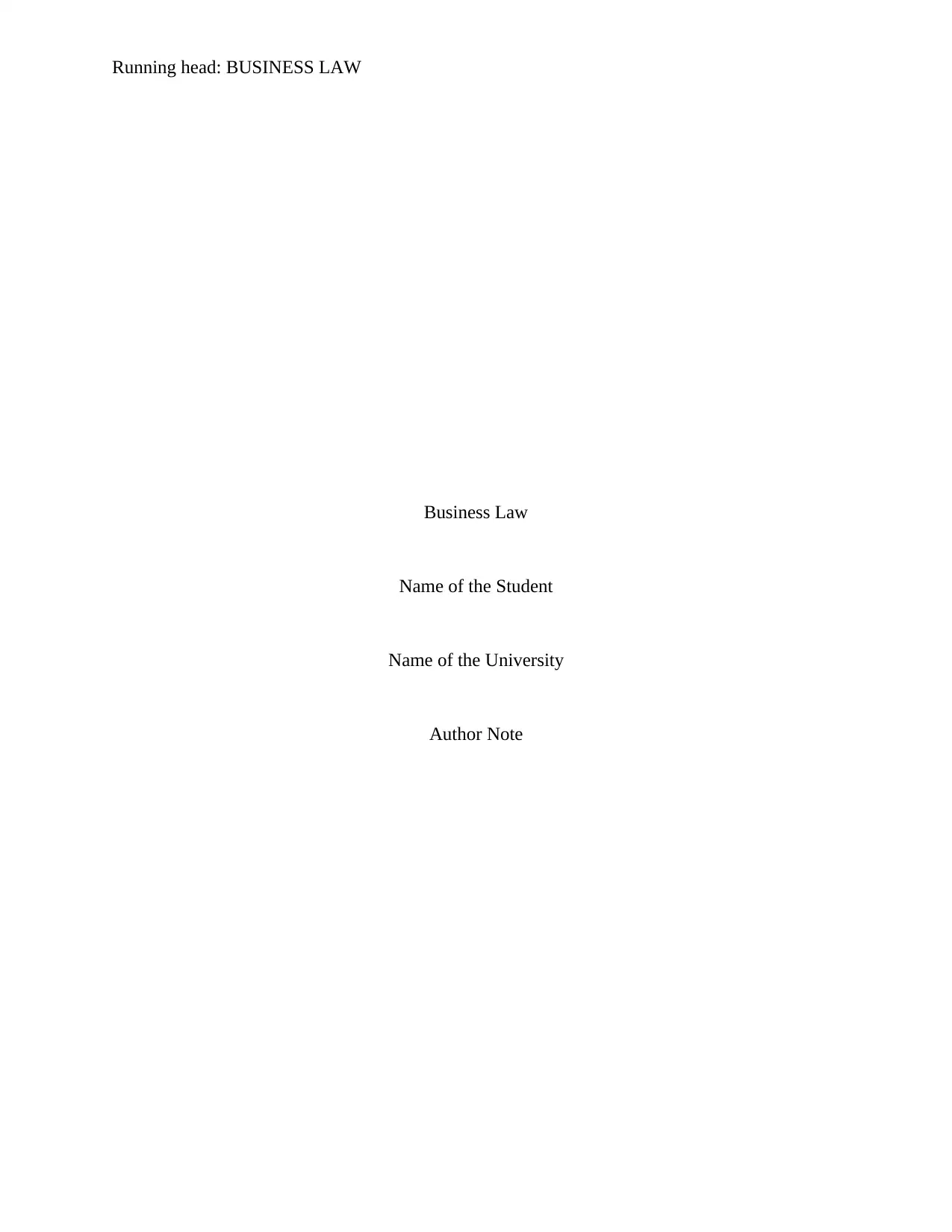
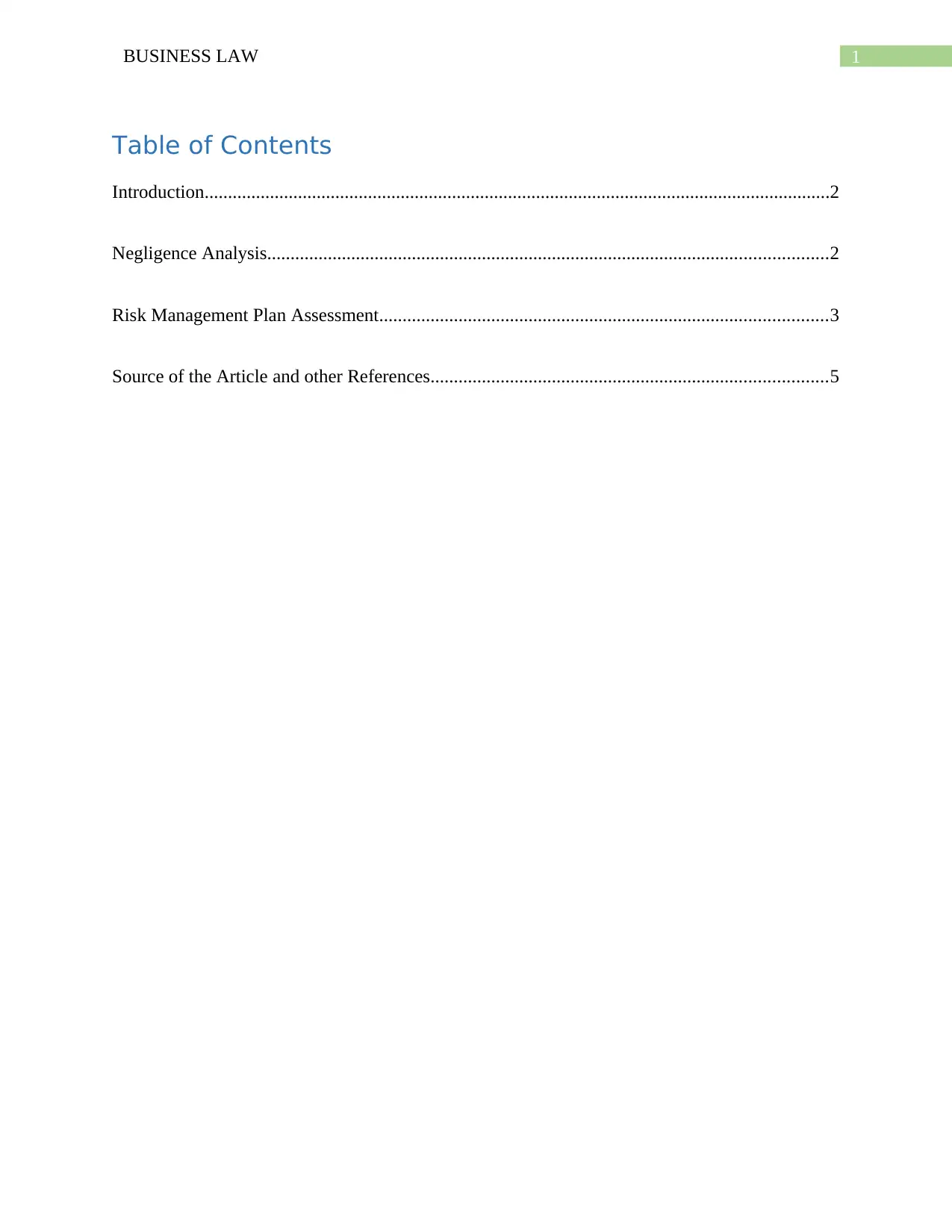
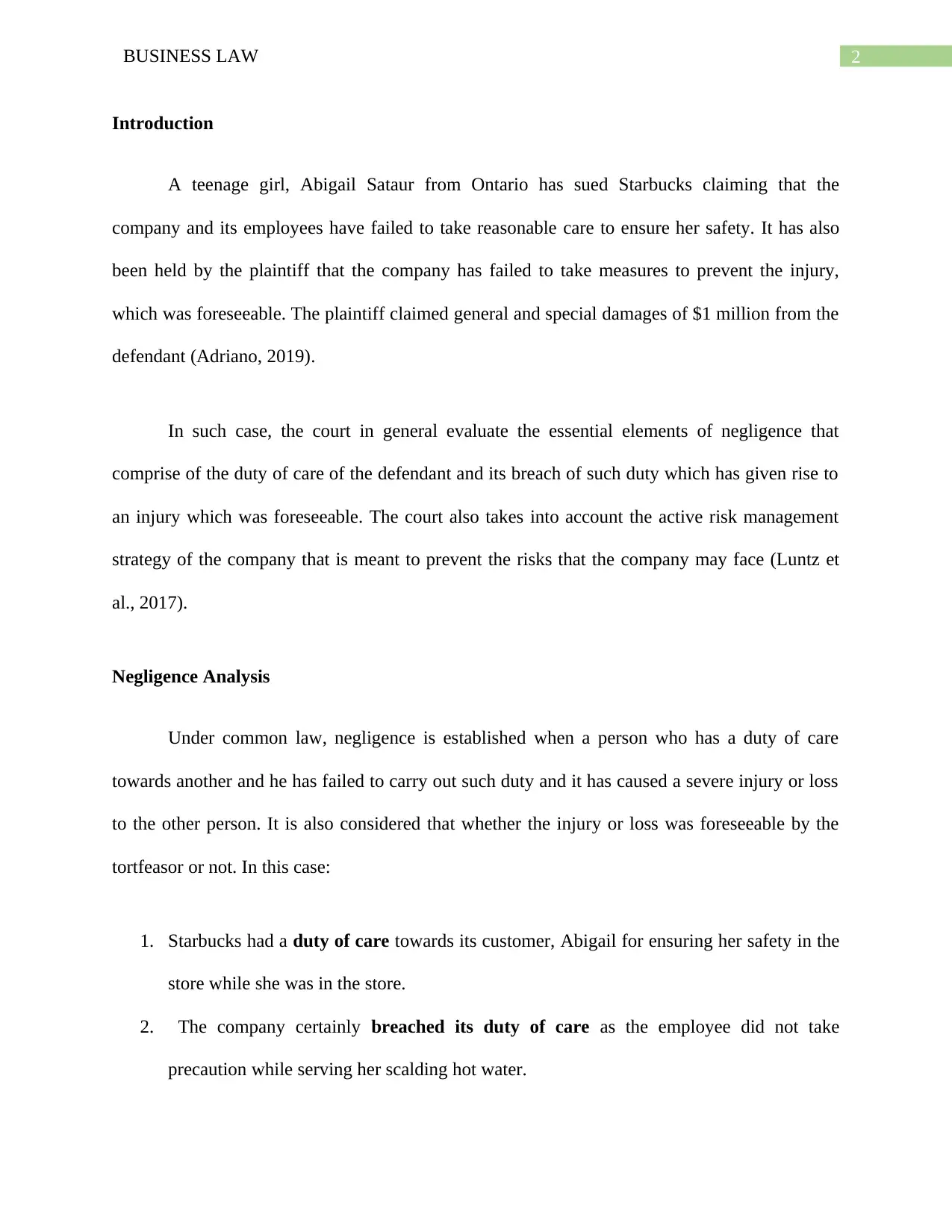
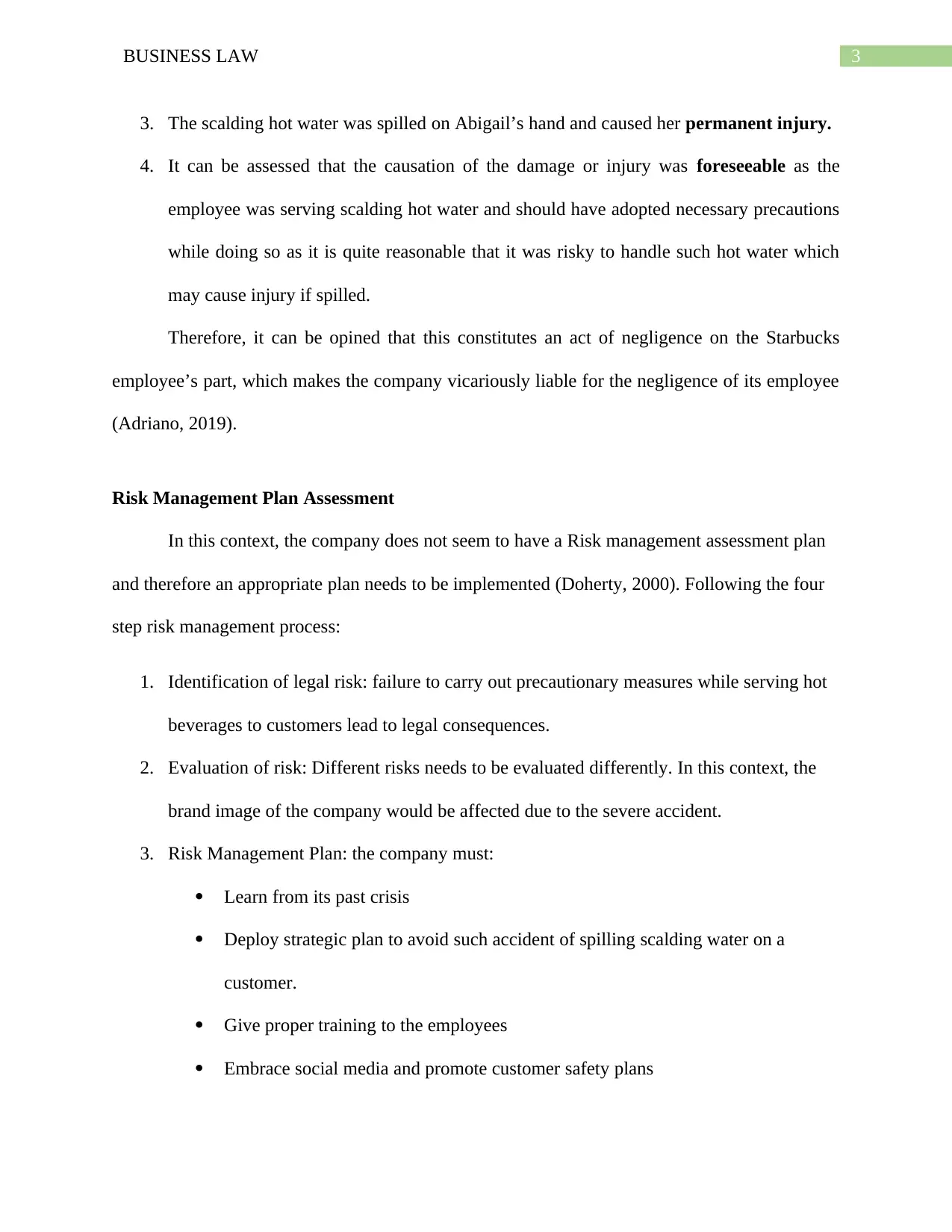
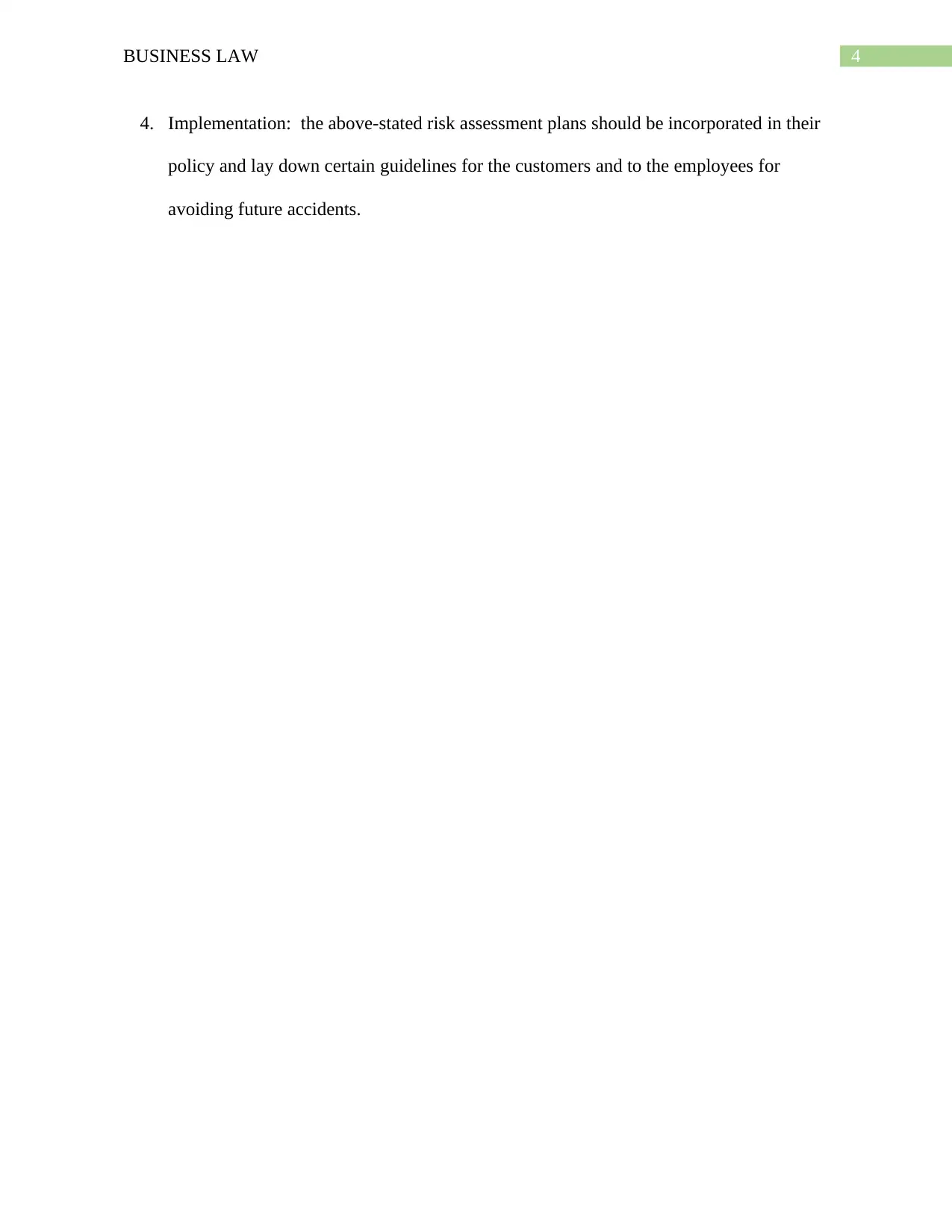
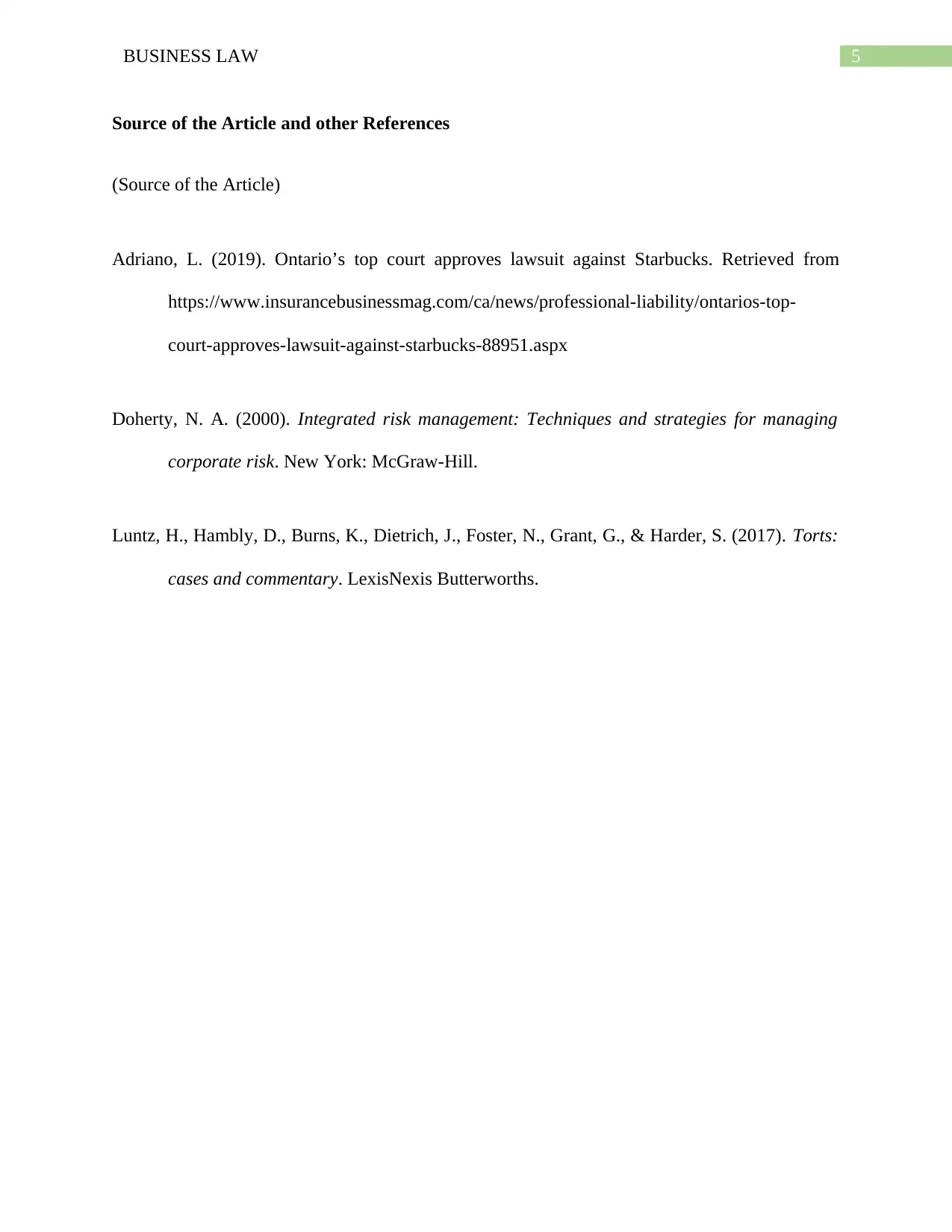






![[object Object]](/_next/static/media/star-bottom.7253800d.svg)